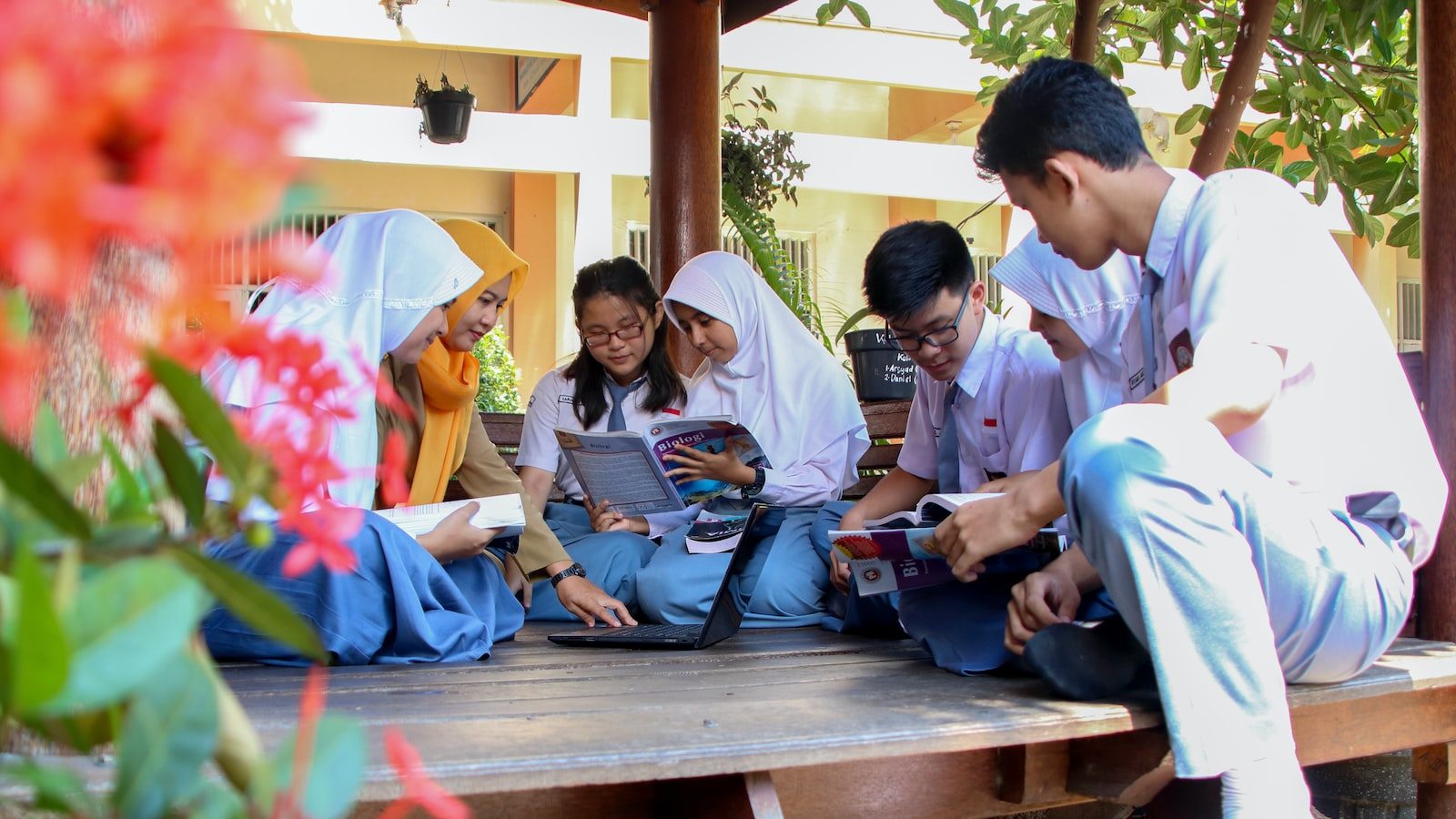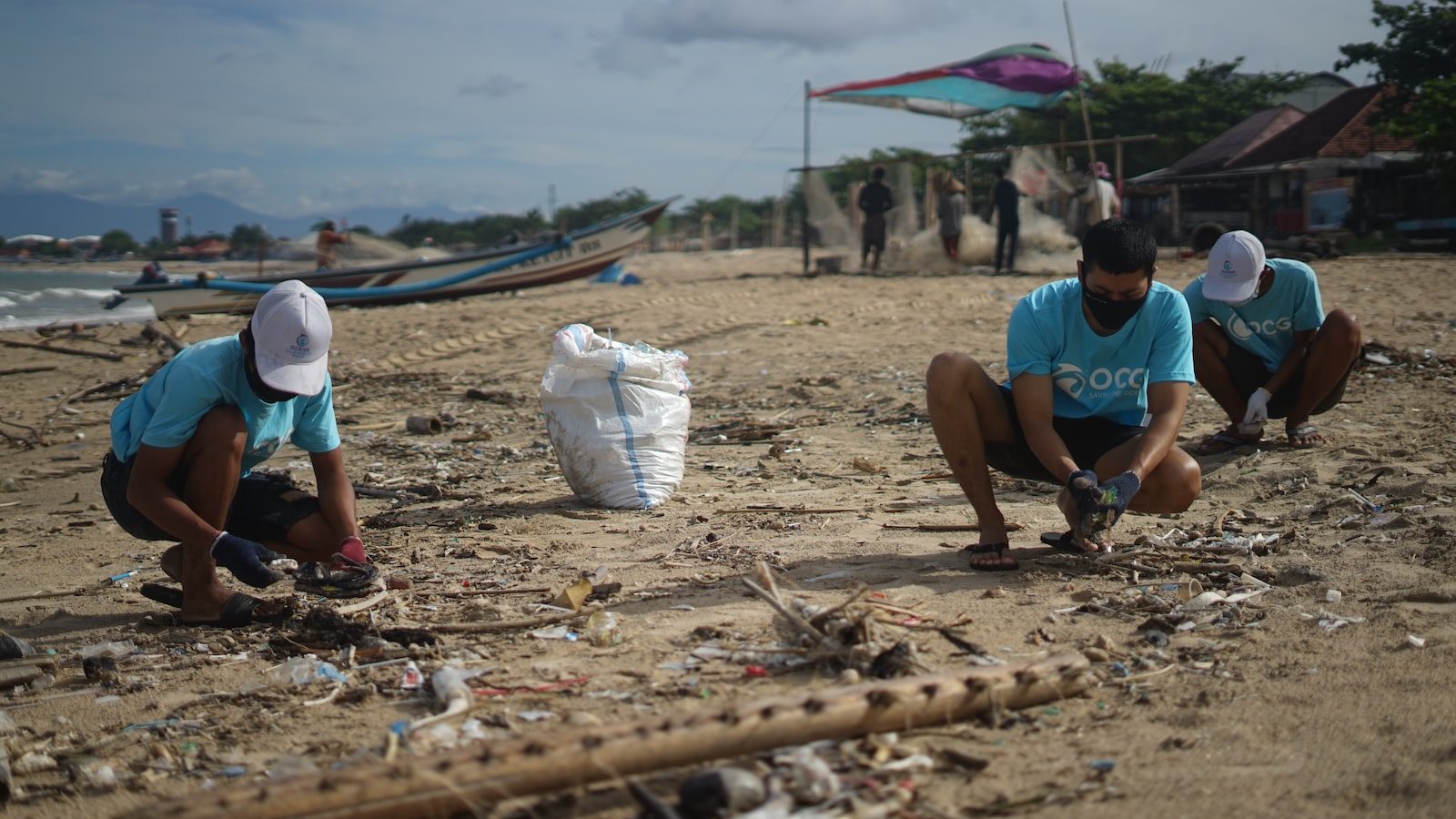How educators can use a coaching approach to model ESG proficiency and equip future leaders
Increasingly, organizations expect workers to understand environmental, social, and governance (ESG) standards. A coaching approach can help educators model ESG proficiencies to students.
Wisdom Weavers
Growing demand for sustainable and ethical business means educators will need to prepare students to understand ESG
As our world continues to evolve at an extraordinary pace, workplace standards and skillset expectations are also changing. Beyond knowledge comprehension, organizations seek workers who understand interconnections and complex systems, including environmental, social, and governance (ESG) awareness. Wisdom Weaver Raúl Hernández explains that businesses want university graduates to have a firm grasp of ESG standards and expect universities to train students in these skills. To prepare for this shift, administrators and educators can build a foundation for ESG awareness at every level of learning. Educators who use a coaching approach can help students internalize and apply these new learning concepts beyond the classroom.
ESG and the future of education:
ESG is a framework that helps businesses, governments, and investors measure the non-financial value of a company, including its impact on the environment, workers, and surrounding communities. Teachers can use the following guides to learn more about ESG:
- Preparing Teachers to Teach Sustainability by the US Green Builders Council
- ESG Literacy Training by Fordham University
Coaching approaches can help educators, administrators, and school counselors reimagine curricula to reflect the shift in workplace proficiency standards. By supplementing standard benchmarks with training in areas adjacent to ESG proficiency, schools can elevate skills needed to promote sustainability, such as collaboration, accountability, and systems thinking. On a structural level, a coaching approach can help administrators, staff, and educators consider how the greater educational community can practice sustainability. These changes offer students opportunities to learn about ESG while seeing the principles in action.
This guide illustrates four ways a coaching approach can support educators in modeling ESG:
- Consider how interconnected parts can support the whole
- Identify existing resources and collaborate
- Visualize connection and interdependencies to foster responsibility
- Engage with peers to create space for mutual learning
1. Administrators and educators can examine connections and relationships to assess their local social and environmental impact
Coaches often ask clients to reflect on how relationships and social connections shape their goals. Similarly, this approach can help administrators identify how to apply and measure ESG leadership in their school systems. By examining a system’s structure and interdependencies, a coaching approach can reveal the impact of educational activities both in the school and through local partnerships. Administrators who use this approach to map the school system in terms of structure, relationships, and resources can then work on setting realistic ESG goals that support the school-system. The Los Angeles Unified School District (LAUSD) is a leading ESG force in its efforts to become “the most sustainable and environmentally-friendly large urban school district in the country.” By concentrating on six sustainability focus areas — energy conservation, water stewardship, awareness & engagement, high-performance schools, campus ecology, and waste reduction — LAUSD is a model for other school systems on how to bring ESG proficiency to its administrators, educators, and students.
Sustainability in the education system is quickly becoming a matter of reputation. Students expect their schools to uphold the same principles taught in their coursework and are actively calling out hypocrisy in higher education. Students at George Washington University protested a 2019 university strategic plan because it did not include sustainability among its top priorities. Similar protests have tackled university ties to fossil fuels, pesticide use, single-use plastics, and weak carbon-neutrality goals. When administrators and educational leaders identify where to enhance ESG in the education system, they can clearly articulate how programs support ESG goals and can involve students in sustainable transformation.
2. Counselors and educators can use existing resources to help students develop ESG proficiency in career or volunteer settings
Starting a new ESG initiative can be daunting. A coaching approach explores how existing relationships can be resources for growth. This process involves asking what partners share similar values or could potentially have the most impact towards completing a goal. Instead of inventing new internships or learning activities, administrators, educators, and school guidance counselors can consider ways to match ESG learning goals with existing community programs. Many organizations are now offering ESG internship positions for high school and university students. Harvard Business School spotlights a range of summer internships focusing on business and the environment.
A coaching approach that leans into existing community partnerships can expand its resources without adding extra workload by emphasizing and prioritizing partnerships that already support the school system’s core values and activities. A school can also attract new partners by clarifying and communicating its resourcing needs. The Alliance for Sustainable Schools – Asia (TASS) has attracted a network of sustainable businesses that offer internships for students to practice sustainability concepts in their local community. TASS has curated these partnerships to align with its sustainability charter. Students who engage in these activities learn the value of collaboration based on shared values.
3. A coaching approach can enhance responsibility by guiding students to visualize the long-term impact of their actions
When students live in contexts that are removed from nature, it can be challenging for them to understand the value of sustainability. Educators can reinforce ESG learning through strategies that connect learners to their environment. An approach from eco-coaching highlights how students are a part of the local ecosystem by placing them directly into natural spaces or adding natural elements to an indoor environment. In this new setting, eco-coaching examines the relationship between nature and people and highlights the value of planetary stewardship.
A school in South Africa models this concept by creating outdoor classrooms where students can learn about native plants. Students gain hands-on experience with Indigenous agriculture practices and get to enjoy fresh produce in their school lunches. To help maintain the garden, students compost organic waste from the school kitchen. Self-sustaining schools in Uruguay and Argentina bring nature indoors. The school buildings collect and recycle rainwater and use solar heating to support indoor classroom gardens. While in a natural environment, educators can guide students to visualize how human actions might impact these spaces over time.
A coaching approach might also guide students to visualize impact at different levels of the community. The Wharton Global Youth Program launched Explore Business mini-sites for high school students, focusing on ESG proficiency. The program designs curricula to help students think through various industries and ways to promote ethical sustainability in business. By looking at sustainability as an individual, in the community, and in different industries, students can learn about the complex systems that contribute to local and global sustainability efforts. Learning about these systems can help students understand how they can individually and collectively support a healthy planet.
4. A coaching approach models the way for partnership and peer learning
Coaching relationships are based around mutual discovery and can facilitate peer learning. When educators use a coaching approach to open opportunities for mutual learning, they model to students how to collaborate through respect for other experiences or knowledge. Regarding ESG training and the future of education, students are often forgotten stakeholders. One way to help educators incorporate ESG proficiency into schools is to develop peer teaching opportunities that promote planetary sustainability. Teaching and learning are symbiotic, so as students step into ESG leadership roles, they not only reinforce ESG proficiency in themselves but also inspire their peers to grasp the importance of social and corporate responsibility. When educators use coaching approaches to support peer learning, students learn the value of continuing professional peer partnerships into adulthood.
One such initiative is the UN Global Compact Peer Learning Groups program, which encourages the types of collaboration that lead to planetary sustainability. Joining together leaders across industries and sectors, these peer learning groups help to build a network of professionals with similar goals to discuss essential sustainability issues and share best practices. Administrators and teachers can create spaces for mutual learning and peer mentorship focused on extending ESG proficiencies into the classroom. This coaching approach can help instill a lifelong ethic of collaboration to see how a larger community of peers and educators supports change.
Coaching Empowers People
Educators worldwide tend to be overburdened and under-resourced. Adding ESG proficiency to their responsibilities poses a significant challenge unless teachers have supportive systems that facilitate continued professional development and learning. The UNESCO Futures of Education Report explores opportunities to support educators as they prepare students for a complex world. To address the need for sustainable and ethical business, a coaching approach lifts the burden of gaining new ESG proficiency by identifying goals and measures for accountability, guiding educators to resources, and building support systems at all levels of the education system. Well-supported educators have the power to inspire future generations of workers to care about the well-being of both people and planet.
The ICF Thought Leadership Institute (TLI) gathered global experts in education and coaching to explore how changes in technology, planetary health, and workplace norms are shaping the future of education. The Convening inspired TLI to craft a call to action — a Manifesto for the Future of Education — that establishes a vision for transforming education around the world while integrating the practice of coaching as a catalyst for positive change. The Manifesto, describes how educators can equip students with the meta-skills of the future and values to support a sustainable and equitable planet.





